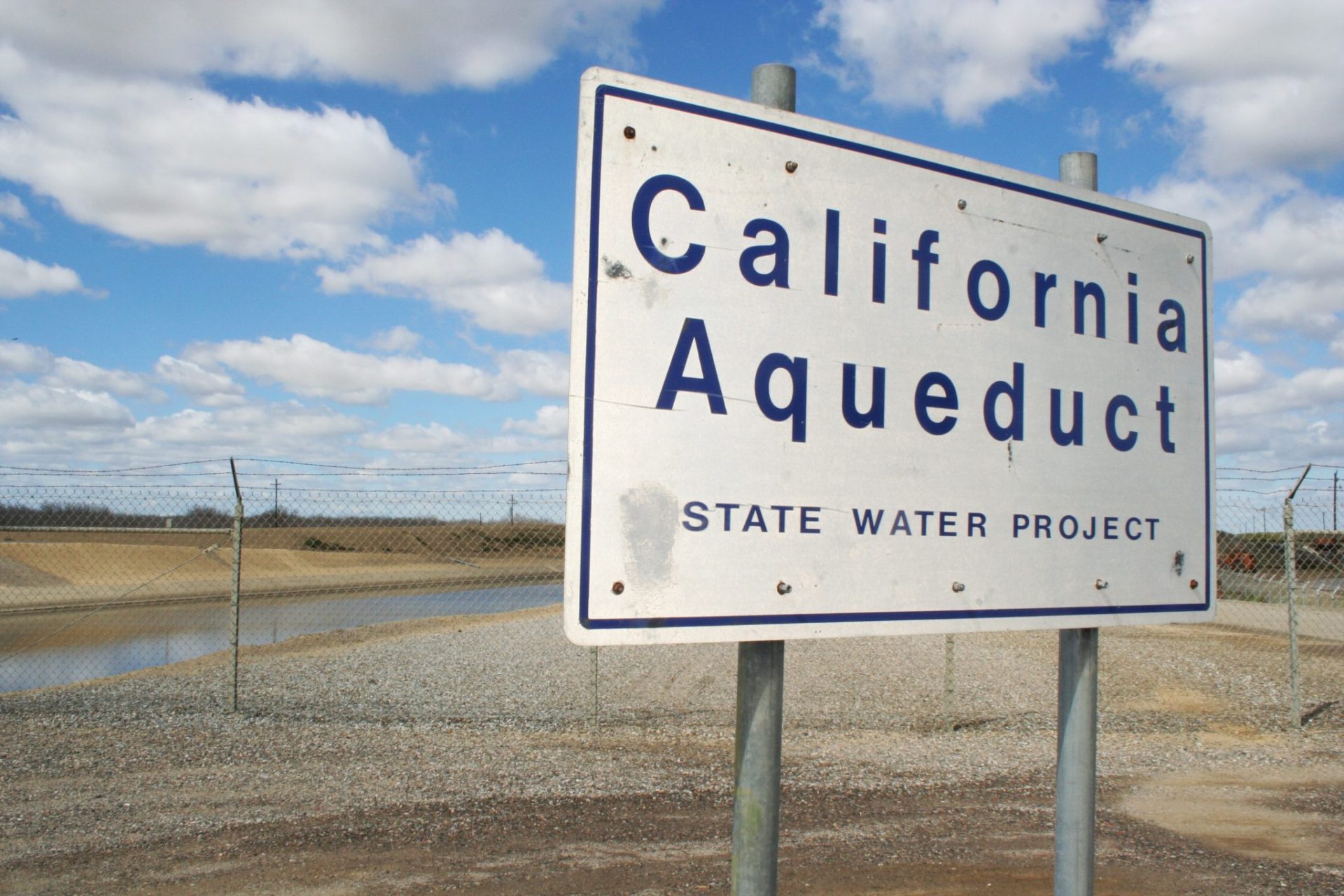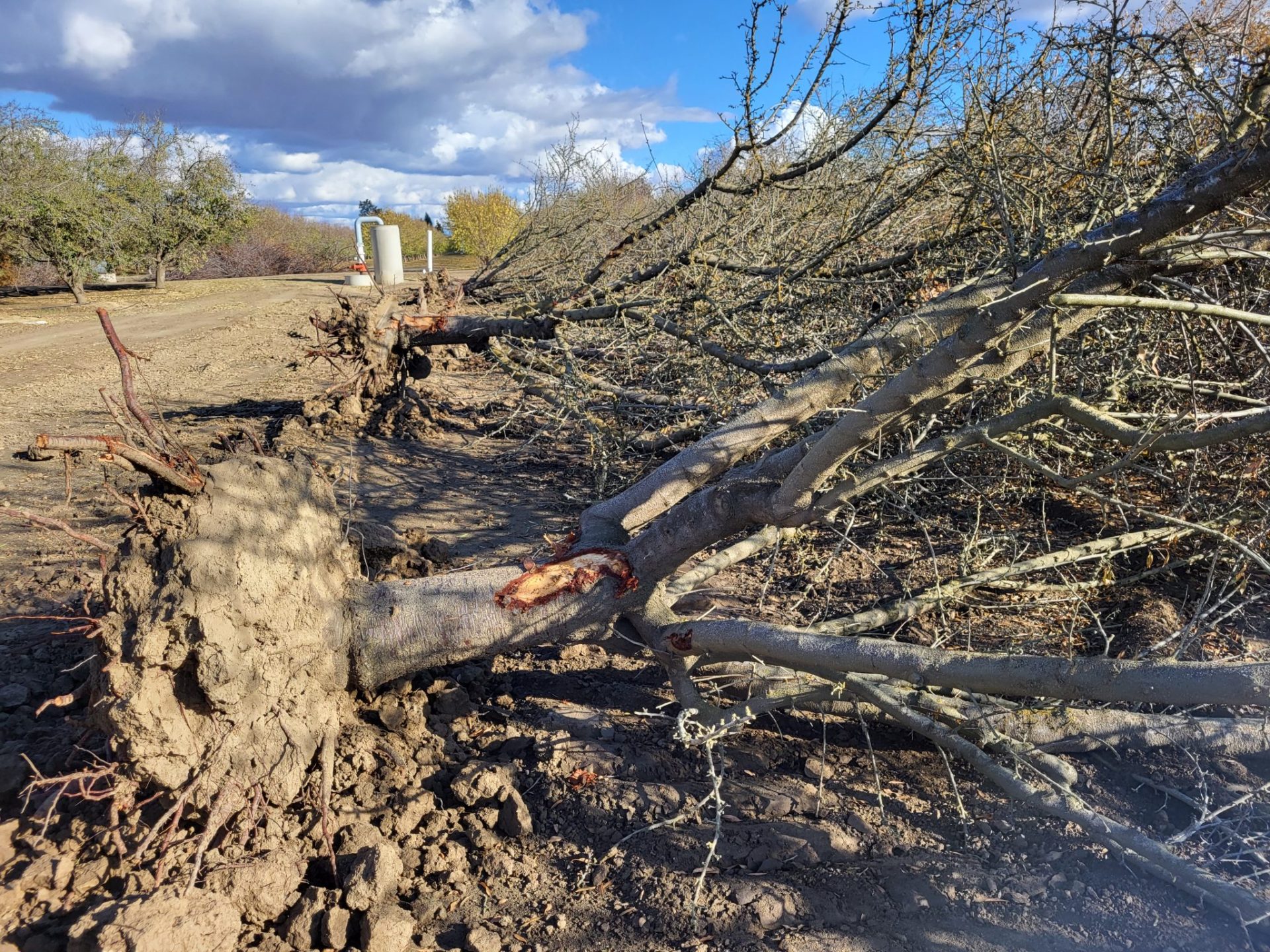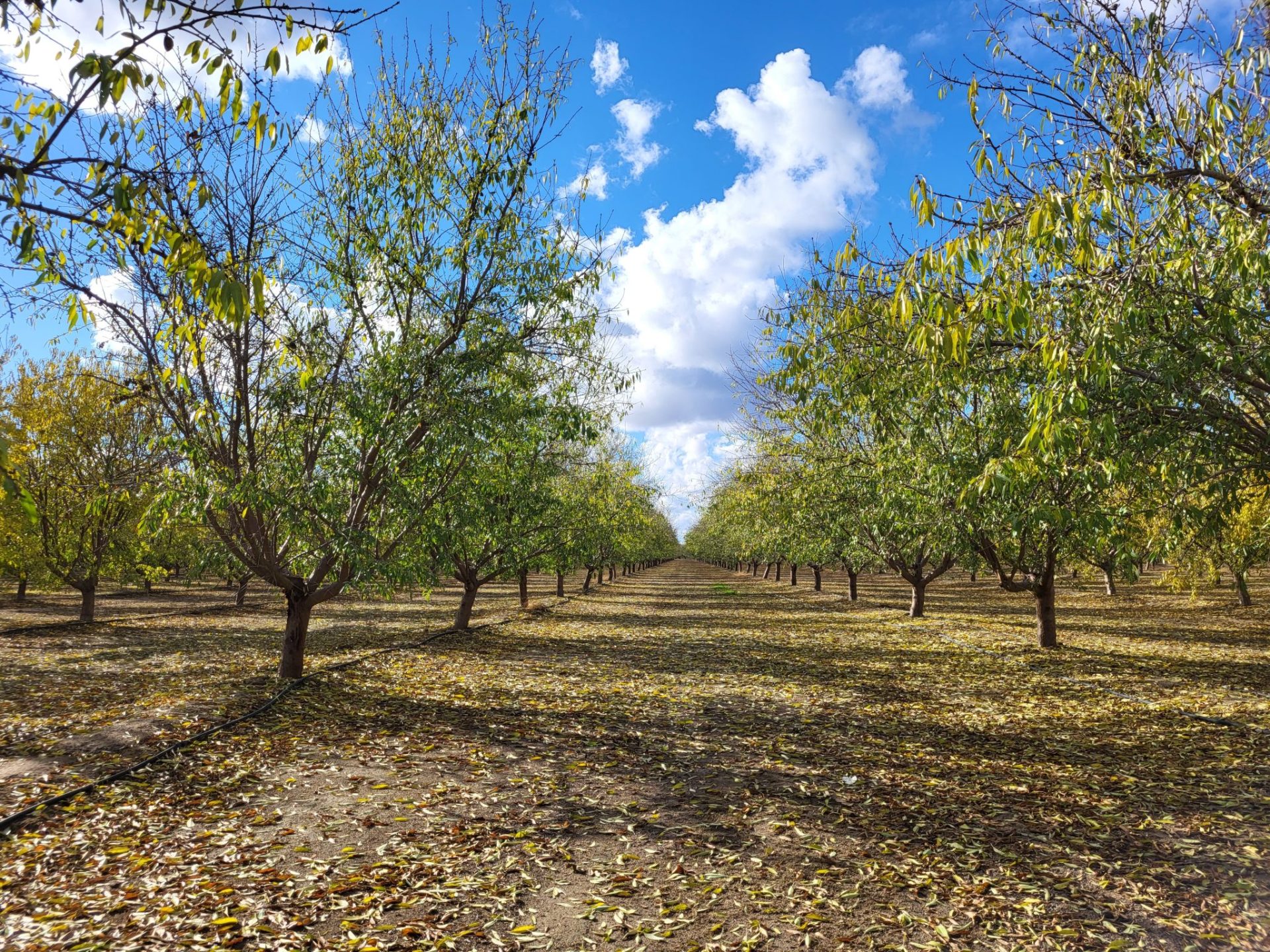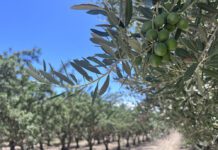
Water Expert Caitlin Peterson of the Public Policy Institute of California on the Hard Facts, Difficult Decisions and Path Ahead for Irrigated Agriculture
Amid a changing climate and chronic drought, California’s vast water system is being tested as never before.
Once-reliable water management strategies are failing. The Sustainable Groundwater Management Act (SGMA) and limited water supplies are forcing thousands of acres of almond trees and other irrigated crops out of production in the San Joaquin Valley. Residential wells have gone dry in some rural areas. Wildlife and habitat are suffering.
And when the wet years arrive, bringing both surplus water and flooding, California has insufficient infrastructure to capture that valuable supply.
Keeping a close watch on this new normal is the Public Policy Institute of California (PPIC), a nonprofit, nonpartisan research group based in San Francisco. Along with its Water Policy Center, PPIC works to inform and improve public policy in California through independent, objective research.
In November, PPIC’s Water Policy Center held its annual fall conference, headlined “Surplus and Shortage—California’s Water Balancing Act.” Among those addressing the in-person and online audience was Caitlin Peterson, associate director of the PPIC’s Water Policy Center. She is co-author of the recent PPIC report, “Exploring the Potential for Water-Limited Agriculture in the San Joaquin Valley.” Peterson holds a doctorate in agricultural ecology from UC Davis and grew up on a small farm in Florida.
Here, she shares the hard facts, the difficult decisions that lie ahead and the opportunities emerging for California’s farmers as the state’s footprint for irrigated agriculture shrinks.

Q. What does the science say about climate and drought in California?
People talk about the last drought and the current drought. On the other hand, you could say we’ve been in one long, intense drought since 2012. We’ve only had two wet years in the last 10.
On top of that, every one of the past 10 years, since 2012, has been above average in temperature. Not only are we in a drought, we’re in a hot drought. That means we’re also dealing with a thirstier atmosphere. You’ll hear the term “evaporative demand.” That’s basically the atmospheric conditions that suck moisture out of plants and soil. That demand was at an incredible high in 2021, which was a bit of an anomaly. Regardless, the trend toward thirstier atmospheres is clear. That’s going to affect the kind of water supplies we can expect in our future.

Q. What needs to be changed in how California manages the wet years?
In the past, the main water management concern was flood protection during the very wet years. Floods can be devastating and expensive for infrastructure and communities. But now, in this era of reduced supply, water managers have to think beyond flood protection to leveraging those extra resources for supplies and trying to bank them.
Those wet years are also hugely important for bolstering the health and quality of our ecosystems, which all cycles back to improve our supply and resilience for coming years.
But the wet years are becoming less frequent, and they come fast. We have to be ready to take advantage when they’re here. In 2017, we had an excess of run-off that flowed out of the Sacramento-San Joaquin Delta. More of that water could be stored without doing any harm at all to ecosystems or other water users. Investing in infrastructure to move that water around will be important too. We have to be ready to move flood waters from where they are to where they need to be stored in the ground.
Q. The footprint of California agriculture is shrinking as a result of the drought and SGMA. PPIC research fellow Jeffrey Mount has said the real debate now on water and ag should be around farmland transition and safety nets. Can you talk about that?
Absolutely. This is a difficult topic because it’s about demand reduction. All signs point to this reduced footprint for irrigated ag in the valley, even if we do a really great job of finding new sources of supply, and even if we develop really robust and flexible groundwater and surface water trading markets. We’ve modeled out all these scenarios, and we’re still facing at least half a million acres of cropland, about 10% of our irrigated footprint, that will need to come out of irrigated production to meet the goals of SGMA. This isn’t a worst-case scenario. This is a probable-case scenario.
We need to be looking at what happens to that land. Is it just going to be this unplanned, haphazard process of land being left idle, turning into tumbleweed patches and dust bowl, which nobody wants to see? Or can we manage this proactively and think, “OK, if it’s not going to be irrigated ag, then what else can we do with that land?”
That’s farmland transition. The question for the valley is how to manage that transition in a way that creates benefits for the most possible parties and avoids creating a liability. That’s challenging because a lot of those benefits are on the public side whereas the land itself is managed on the private side. That’s where the need for safety nets, incentives and some kind of coordinating mechanism becomes really important.
Some alternative land uses could potentially pay for themselves. Solar is a good example of a land-use alternative that’s more lucrative. Things like habitat conservation, cover crops, dust-mitigation efforts, even dryland crops, are often not as lucrative as their cropping alternatives. But there are other benefits from those land uses. How do we make them cost effective?

Q. What good things are going on to manage water supply and demand in California?
The good thing is we do have federal and state funding to work with. On the federal side, we have the recently passed bipartisan infrastructure bill as well as the Inflation Reduction Act, some of which goes toward water supply and infrastructure in California.
On the state side, a couple of funding packages passed in 2021 and 2022 for drought response, water supply management and climate resilience. Overall, they amount to over $10 billion. The Department of Conservation has several million in funding for the Multi-Benefit Land Repurposing Program. This funding will facilitate farmland transitions into another beneficial use, like habitat.
And we are making progress beyond funding. There’s a lot more excitement about, for example, Managed Aquifer Recharge (or flood-MAR), which is getting wet-year flood waters stored in the ground. There’s been a lot of attention paid to that, especially in basins in the San Joaquin Valley that are critically over-drafted and having to take a hard look at where they’ll get their supplies from in the future. It’s good to see agricultural water users getting interested in how they can recharge water on their own land.
Q. PPIC believes California can thrive with less water. Why?
Californians have shown that we can meet big challenges before, and this is our moment to do it again. California is a world leader in innovation, in agriculture, in renewable energy. We have an abundance of natural and human resources, and that’s really in our favor. We’ve also shown that we have the capacity to pass big reforms. SGMA is one example. That was really groundbreaking legislation, although it’s far from perfect. But that’s the kind of thing we need to address complex challenges. It helps to have the funding this year to take some of those actions. In short, we have all the tools. What’s needed is to bring them all together and come up with a strategic plan.















